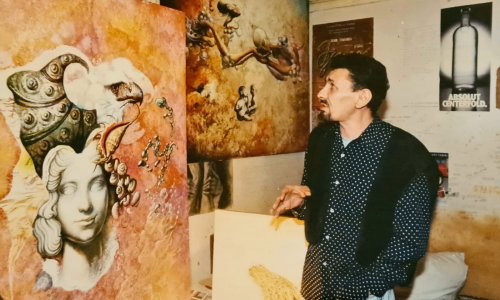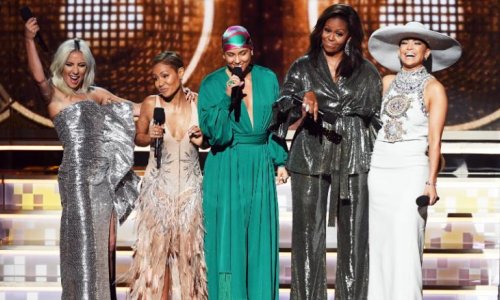It's the Azerbaijani national sport, recognized for its rich cultural significance and inextricably linked with the country's favorite animal -- but playing it is not for the faint-hearted.
Welcome to Chovgan, a forerunner of polo. Its roots can be traced back to the middle of the first millennium, and it doesn't have any frills.
Although the basic rules are pretty much the same as those of polo, there are no helmets or safety gear for players. Chovgan is a game of skill but, more than anything else, it is one of courage.
Karabakh stallions
Players ride Karabakh stallions -- mountain steppe racing and riding horses noted for their speed and stamina and unique to Azerbaijan -- often without saddles.
Pickup games between village teams remain common, with working farm horses taking a break from their labors to do a little sporting duty.
But the key trait of Chovgan, those who know and play it say, is the sort of attitude and bravery that are needed to shine.
"People who are a little bit afraid of some action in life cannot do this," Bahruz Nabiyev, the head of Azerbaijan's Equestrian Federation, says.
A long history
Nabiyev explains just how deeply the sport is embedded in the life of the country. "This is part of the history of Azerbaijan," he adds. "Every Azerbaijani person has a kind of love for the horses because of the history.
"It was a hobby for the people -- actually, shepherds were playing this game many years ago -- and then they started to make it as a game in Azerbaijan, and make a championship of it."
Both Chovgan and the Karabakh horse are officially recognized by world heritage body UNESCO, and Nabiyev and his colleagues hope the expertise of the country's best players can enable them to make a mark on international polo.
A protected species
It also appears that the battle to safeguard the future of the Karabakh horse is being won after years in which growing alarm was voiced about dwindling numbers.
Yashar Guluzade, who has been breeding the animals in the forested foothills of Sheki, a small city 300km (187 miles) from the capital, Baku, explains that conflict and a difficult economic situation led to a decline.
"At the beginning of the Armenian-Azerbaijani conflict [in the late 1980s] the horses were continually transferred from one place to another, and this was one of the reasons for the sharp reduction of stock as the movement of pregnant mares led to miscarriages," he told CNN.
The government has stepped in to try and protect the breed, with the Ministry of Agriculture drawing up a number of horse breeding programs and introducing a law prohibiting the export of Karabakh horses for sale.
Estimates of the number of Karabakh horses -- named after the mountain region where they were originally developed through cross-breeding -- vary. According to the Karabakh Foundation, there were fewer than 1,000 in 2011.
The foundation's co-founder Dr. Adil Baguirov, originally from the Karabakh region, says the horse has always been important to Azerbaijanis.
As Khandan Rajabli, the head of the Agriculture Ministry's breeding division, puts it: "The Karabakh horses are a symbol of national heritage and pride. It's an ancient, national breed that is inseparable from our national identity."
(CNN)
www.ann.az
Follow us !











